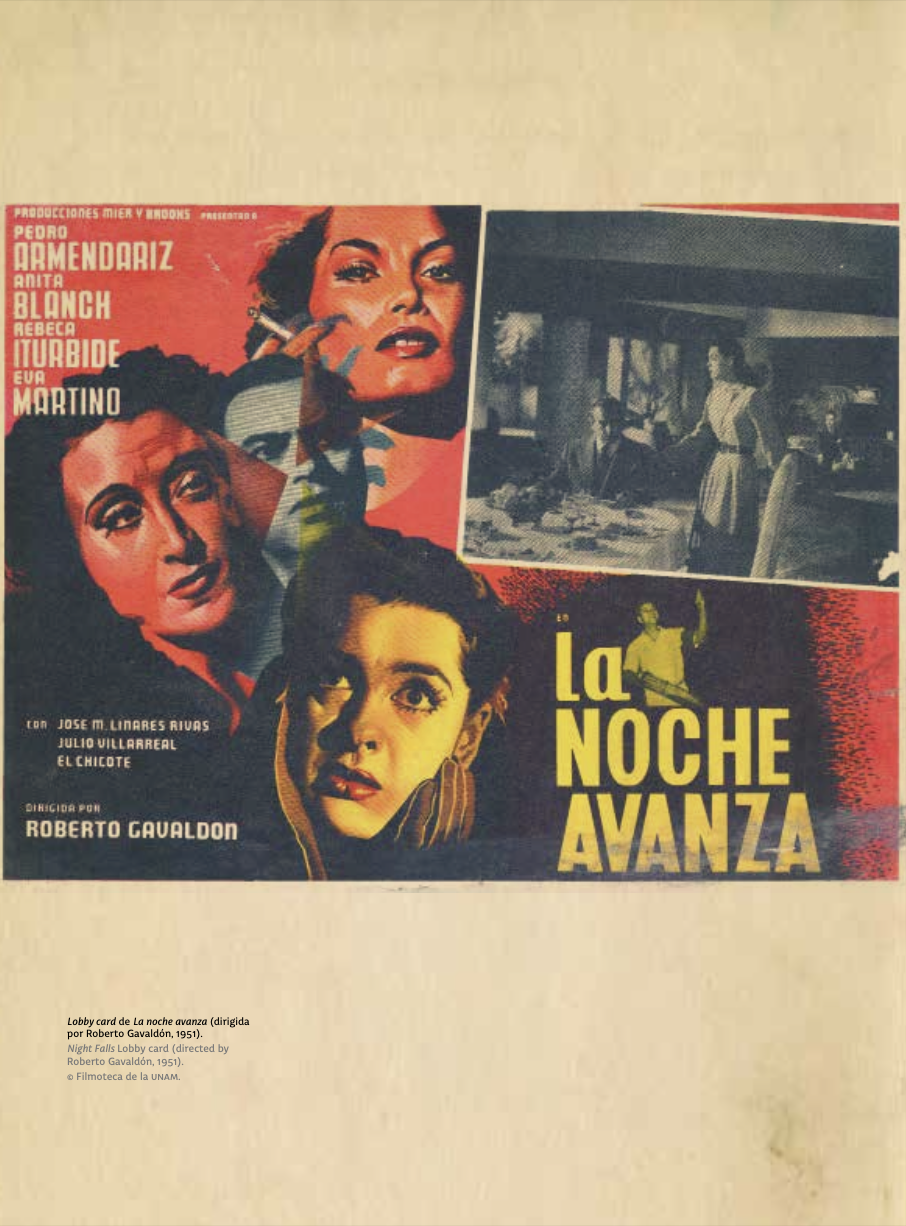Night Falls (1951): Urban Nocturne and Mexican Modernity
Article Sidebar

Keywords:
Main Article Content
Abstract
Night is essential in the configuration of modern cities. This article explores how the night shapes urban imaginaries and problematizes the relationships between darkness, the city, and the subjects in the context of modernity in Mexico by resorting to the film Night Falls (1951) by Mexican director Roberto Gavaldon. In this article, two spaces related to the urban night are defined, which are aesthetically built on film noir. Finally, it is proposed that cinema contributes to characterize the physical world of the night with the help of certain spatialities and the actions of the characters that intervene in them.
Article Details

This work is licensed under a Creative Commons Attribution-NonCommercial 4.0 International License.
Materia Arquitectura provides immediate and free access to all the content of this online edition, published simultaneously with the print edition.
Materia Arquitectura does not charge authors for any concept.
All contents of this electronic edition are distributed under the Creative Commons license of "Attribución-shareAlike 4.0 Internacional" (CC-BY-SA).
The rights of the published texts and images belong to their authors, who grant Materia Arquitectura the license for their use. The management of the permits and the authorization of the publication of the images (or of any material) that contains copyright and its consequent rights of reproduction in this publication is the sole responsibility of the authors of the articles.
As long as they mention their origin, the authors are free to distribute their articles by other means. Any total or partial reproduction of the material must mention its origin.